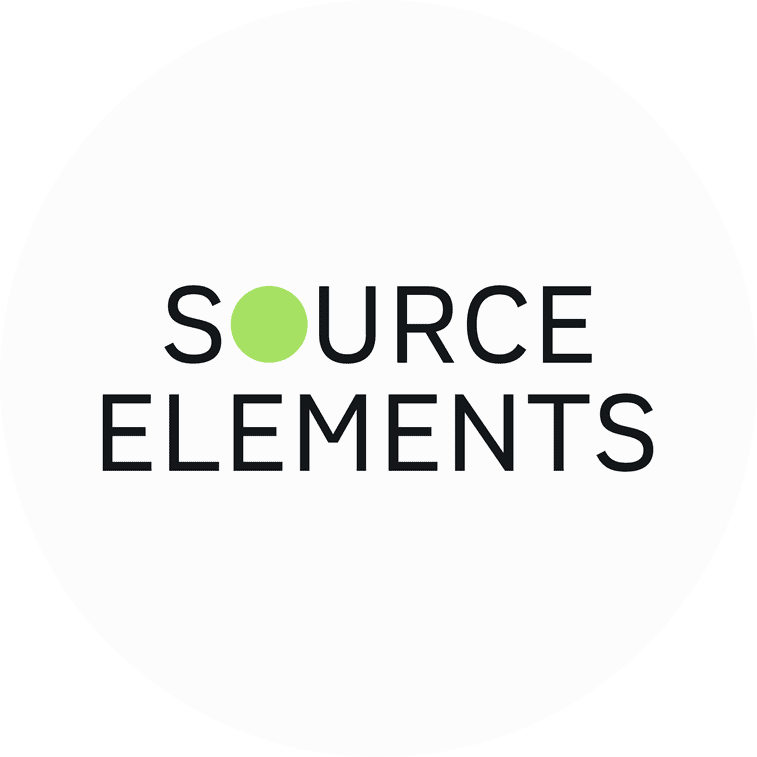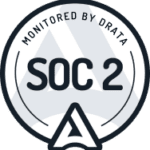In this series of interviews, Source Elements Academy shares helpful insights from Source-Connect Certified engineers and studios.
Here is Phil Hadaway from 3180 Media answering our questions:

What makes your studio a great studio?
We have had the opportunity to work with some really talented and well-known actors and musicians. We started our business in 1984 and have learned a few things during that time. We know when and when NOT to say something. Listening to the talent, producers, writers, and other people working on the project is incredibly important. If you’re the engineer, concentrate on technical issues and do not get involved with re-writing a line of dialogue. Same with music projects. Even if your idea is better than the producers, you have to be careful. They are the ones getting the big checks. You have to gradually build their confidence in your skillset before your voice is needed.

Many times, the first time you meet talent or the producer/director/sound supervisor is the first day of recording. Just go slow. My good friend Brendan O’Brien taught me to “be invisible” until you don’t have to be.
At 3180, the talent is our focus. We really want the talent to feel comfortable, and we work hard to give them everything they need. We also prepare for the session by learning more about each person that comes into work. We usually do a web search and find out the client’s height (for mic placement) and any likes or dislikes they may have. The introductions are generally very short when we meet them, and they usually want to get right to work. I work with them on mic placement, headphone mix, lighting, air temperature, and if they need anything to drink or snack on. If we don’t have it, we can send for it. I really think that our studio is great because of the people who have come through here who have essentially taught us how to be a better studio.
What made you decide to get your studio and engineer/s Source-Connect Certified?
We feel that it shows other facilities that we work with that we are very serious about what we do and go above and beyond to get the results they are expecting.
“it shows other facilities that we work with that we are very serious about what we do”
What is your favorite thing about working remotely?
The best thing about working remotely is the time factor. I worked on a record where the artist had to be here in Savannah, and the Producer had to be in LA. The only way to make that happen was through remote recording. It also takes a little pressure off the engineer when the Producer is not (physically) breathing down your neck. You also build more of a bond with the talent.
Another aspect is multi-location collaboration. We did all of the principal ADR for “The Great” Season 2, and The Post-Production Supervisor was in London; some of the HULU team were in LA, the dialogue coach was in Zagreb, and one of the directors was in Italy. This would not have happened five years ago. Worked perfectly.
“The Post-Production Supervisor was in London; some of the HULU team were in LA, the dialogue coach was in Zagreb, and one of the directors was in Italy.”
What challenges have you faced when working remotely?
The only challenges that we have are generally communication problems. It can be a distraction to someone doing ADR and watching the performance and seven people glaring at them on another screen. In the “old days,” the team would assemble in the control room, and one person would be in charge of the talkback system. I miss those days. It can get chaotic. When we did Moana, we had eight people from Disney in our control room at the same time but with only one button. I kind of like that!
Tell us more about your studio from a technical perspective; for example, what hardware and software you use in addition to Source-Connect?
“I usually drive the session and send LTC down channel two and audio down 1.”

We are, for the most part, a ProTools studio. We have other DAWs and editing machines, but ProTools HDX is solid. We do not do record and replace. We have a great selection of microphones and mic pres’s that we pick for the project. For music projects, it’s generally vintage Neve and Neuman for vocal.

For “Party in the USA,” we used a Cranseong Flamingo mic pre into a Neve 1066 EQ into a dbx 165 compressor. We did that entire record remotely, and I think it’s up to about 15 million in total sales now.
I usually drive the session and send LTC down channel two and audio down 1. The other studio can lock up, and we’ve never had an issue. We use Source-Connect as a stand-alone application. It’s not integrated into the DAWs at all. We think of it as the new ISDN. We do have Source Nexus that gets used quite a bit when doing long-form reads such as books on tape. The Editor can get a high-quality feed, and it integrates perfectly within ProTools.
“We use Source-Connect as a stand-alone application. It’s not integrated into the DAWs at all.”
How does your studio usually incorporate Source-Connect into your workflow?
Source Connect sits on a custom PC with a Focusrite interface. I can route anything to the inputs—usually, its’ timecode and audio. We also just send mono or stereo audio. We also initiate a Zoom session and have separate send for that, and we route talkback from the remote studio into the Zoom send. It gets a little tricky, but we have a system
What is the number one recommendation you have for other engineers who are new to Source-Connect?
I would just get it and try it. If you’re going to be serious about being able to record talent remotely, you have to have it. It’s interesting, Savannah does a ton of films and TV, and I seldom work on the local projects. But, I might do 20 ADR sessions with the actors while they are in town. You’ll probably get the call if the networks and studios know you have Source Connect. It doesn’t hurt to have a good IMDB resume.
“You’ll probably get the call if the networks and studios know you have Source Connect.”
What are the additional skills that you think engineers need to work remotely?
Just be prepared. If your first ADR call is for an 8-hour session with 150 cues, you may want to tell them you’re not ready to do that. Test your system, get certified, read and watch videos! Learn about EdiCue and EdiPrompt for streamers and beeps. Buy lots of microphones! YOU HAVE TO HAVE A SANKEN COS-11D and SENNHIESER MKH-50. PERIOD! Don’t lie if you get a phone call asking if you have a boom and a lav; tell them precisely what you have and if you have any doubts, ask for the number of the post-production supervisor and talk with them. Build a good mic locker. Get some super-clean mic pres. The Cranborne Audio 500 series microphone preamp is fantastic and cheap! Don’t compress too much. Same with eq.
“Test your system, get certified, read and watch videos!”
Is there anything else you would like to share with our readers?
One more thing about Source Connect, it’s solid. We did all of Dwayne Johnson’s ADR on Moana in a 13-hour marathon session. We never had any issues. Not even a hiccup!

Learn all you can and move in small steps.
Stop by our website @ 3180media.com and look at what we do.

